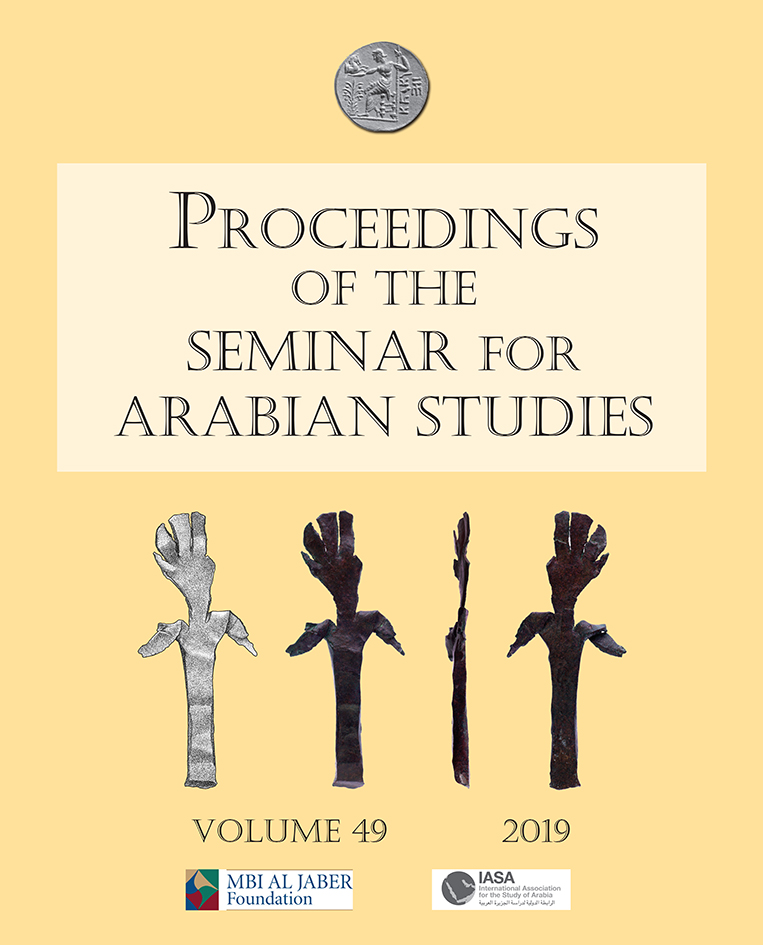Production and provenance of Gulf wares unearthed in the Old Doha Rescue Excavations Project
Keywords:
Islamic archaeology, archaeological science, Qatar, Gulf archaeology, CeramicsAbstract
In this paper, a science-based study of ceramic wares discovered in the Old Doha Rescue Excavations (ODRE) is presented. The ODRE project, run by Qatar Museums and UCL Qatar, discovered a stratigraphic sequence running from the earliest occupation of Doha in the early nineteenth century until the most recent archaeological levels. A strategic selection of ceramic wares from this sequence was studied to shed light on the technological background and provenance of the pottery utilized in Doha between the late nineteenth and the mid-twentieth century. The petrographic study of these wares has provided insight into their mineralogical and petrological composition and their textural characteristics. The textural elements have been used to understand the technology of production of the ceramics, which come from different places around the Gulf. The identification of components has moved us a step closer to the location of places of production by matching compositions and geological backgrounds. The study of glazes with hhXRF, SEM-EDS, and optical microscopy has given us further insight on technological processes in the application of glaze. Finally, a comparison between the macroscopic and microscopic analyses carried out has been produced to shed some light on the inherent difficulties associated with the identification of wares in Gulf ceramics.
Published
How to Cite
Issue
Section
License
Archaeopress Publishing, Oxford, UK


